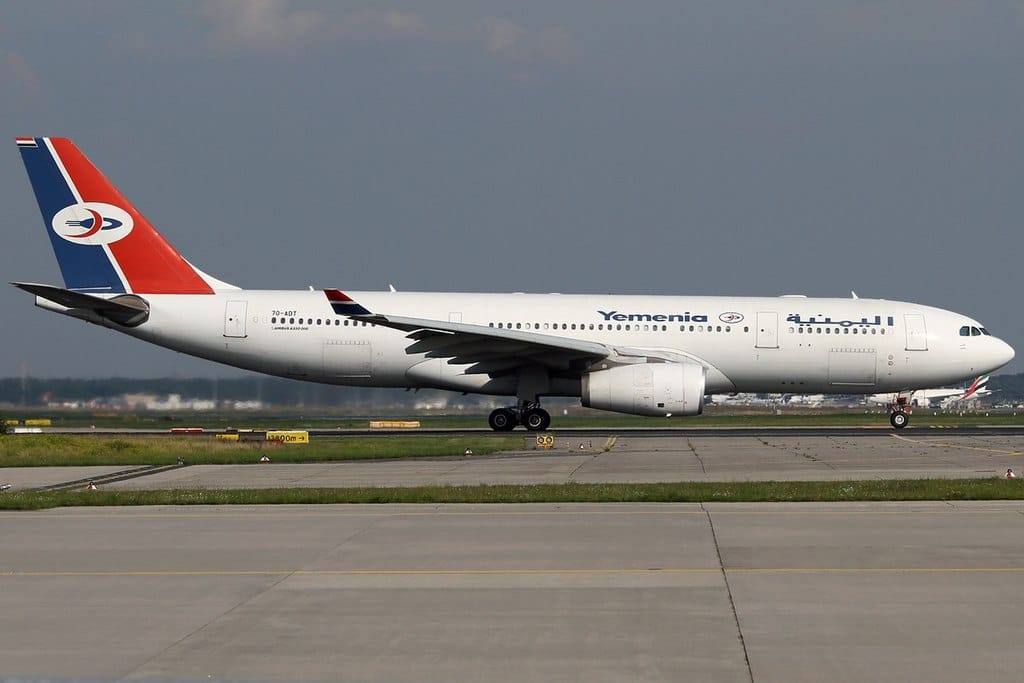In a noteworthy development indicative of diminishing hostilities, Yemenia Airways conducted the first commercial Yemen-Saudi flight from Yemen’s Houthi-controlled capital, Sanaa, to Saudi Arabia since 2016. The flight, which carried 277 hajj pilgrims, took off at around 8 pm local time on Saturday.
The Saudi-led coalition, engaged in conflict with the Iran-backed Houthi rebels, had imposed a blockade on Sanaa’s international airport since August 2016. This latest development is seen as a beacon of hope among Yemenis.
Mohammad Askar, one of the passengers on the flight, expressed his emotions by saying, “Hopefully, the blockade will end and the airport will remain open. We are very happy and relieved, and I cannot describe the feeling.”
Prior to the blockade, the airport was largely closed to commercial flights, with only a few exceptions for vital aid flights. These humanitarian flights have been crucial for the Yemeni population in the midst of what the United Nations has labelled as one of the globe’s most severe humanitarian crises. Yemen has seen hundreds of thousands of fatalities due to both the conflict and collateral hardships such as famine and water scarcity.
Remarkably, despite the Saudi-led military campaign against them, the Houthi rebels continue to control key areas of Yemen, including the capital Sanaa, which they seized in 2014.
The Yemeni authorities announced two additional flights to take place on Monday and Tuesday. Houthi Works Minister Ghaleb Mutlaq estimated that approximately 200 flights would be required to facilitate the travel of the 24,000 people keen to travel.
Najeeb Al-Aji, the Houthis’ Minister of Guidance, Hajj and Umrah, viewed this development positively. He said, “We consider what is happening today as a good gesture, so that airports, especially Sanaa airport, will be opened to Yemeni travellers.”
Before the reopening, pilgrims had to undertake an arduous 12-hour bus journey to reach Saudi Arabia or the government-held city of Aden, where flights to Saudi Arabia were available. This was a significant burden, as the route was marred by checkpoints and difficulties.
The conflict in Yemen saw a marked decline after a UN-brokered ceasefire came into effect in April of the previous year. The truce, although temporary, allowed for a resumption of international flights from Sanaa. The first such flight in six years took off for Amman, Jordan in May last year.
Moreover, peace endeavours have gained momentum since March, following Saudi Arabia’s unexpected overtures towards Iran aimed at pacifying the region and bolstering its economic diversification efforts.
This detente led to Iran reopening its embassy in Riyadh, and recently, the Saudi foreign minister visited Tehran for discussions with his Iranian counterpart.
Although there have been promising developments, the path to lasting peace remains uncertain. United Nations Special Envoy, Hans Grundberg, remarked at a forum in The Hague, “We are all aware that the road to peace is going to be long and difficult,” highlighting the rise in bellicose rhetoric threatening further escalation.
The recent opening of the Yemen-Saudi flight path is a small but significant step towards easing tensions in a region fraught with conflict, and offers a glimmer of hope for the people of Yemen.
Image Caption: Konstantin von Wedelstaedt on Wikipedia



















